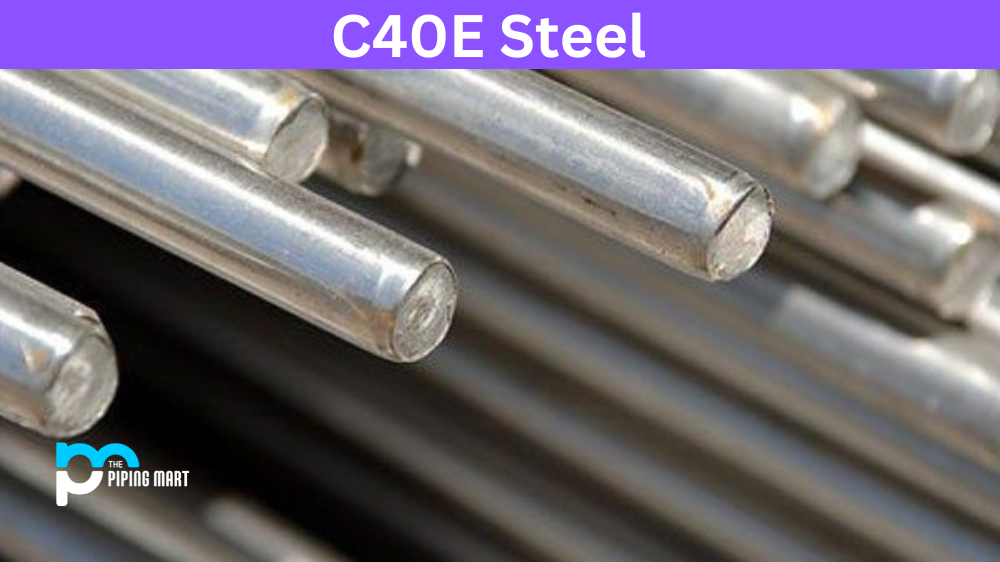When it comes to manufacturing and engineering, choosing the right components for your project is crucial to its success. Stellite 151 is a highly popular material in the industry due to its impressive strength and durability. But what exactly is stellite 151, and what makes it so unique? This blog post’ll explore the composition, physical and mechanical properties, hardness, heat treatment, welding, and corrosion resistance of stellite 151 and its applications in various industries.
Stellite 151 Composition
Stellite 151 is a cobalt-based alloy that contains elements such as chromium, tungsten, molybdenum, and carbon. These elements give it high corrosion and wear resistance, heat resistance, and toughness. Stellite 151 is commonly used for its high strength and ability to withstand extreme temperatures and harsh environments.
| Element | Amount |
|---|---|
| Cobalt (Co) | 65% |
| Chromium (Cr) | 20% |
| Tungsten (W) | 13% |
| Iron (Fe) | 2% |
| Nickel (Ni) | 1% |
| Carbon (C) | 0.5% |
Stellite 151 Physical Properties
Stellite 151 has a density of 8.55 g/cm3 and a melting point of 1280 °C. It has a coefficient of thermal expansion of 12.5 x 10-6 / °C and a thermal conductivity of 22 W/m-°K. These physical properties make stellite 151 ideal for high temperature and stress applications.
Stellite 151 Mechanical Properties
Stellite 151 has impressive mechanical properties, including high tensile strength, compressive strength, and shear strength. It also has a low coefficient of friction and good machining and casting properties. It can be hardened through a range of heat treatments.
Stellite 151 Hardness
Stellite 151 is known for its exceptional hardness, making it ideal for wear-resistance applications. It has a Vickers hardness of 550-650 HV, making it among the hardest materials available.
Stellite 151 Heat Treatment
Stellite 151 can be hardened through various heat treatments, including quenching, tempering, and annealing. These treatments improve mechanical properties by increasing toughness, strength, and wear resistance.
Stellite 151 Welding
Stellite 151 can be welded using various techniques, including gas tungsten arc welding, gas metal arc welding, and plasma welding. It is important to use proper welding techniques to prevent cracking or brittleness in the welded part.
Stellite 151 Corrosion Resistance
Stellite 151 has impressive corrosion resistance, making it ideal for harsh environments with high acidity levels, salt, or other corrosive agents. It is commonly used in oil and gas drilling, nuclear energy, aerospace, and other applications.
Conclusion
Stellite 151 is a highly versatile and valuable material in the manufacturing and engineering industry. Its impressive properties, including its high strength, hardness, and heat and corrosion resistance, make it ideal for use in harsh environments and high-stress applications. By understanding the composition, physical and mechanical properties, hardness, heat treatment, welding, and corrosion resistance of stellite 151, you can make informed decisions about incorporating it into your projects.

Meet Bhavesh, a seasoned blogger with a wealth of knowledge and experience. From metal products manufacturing to retail, Bhavesh has a diverse background in various industries and is dedicated to sharing his insights and expertise with readers.




